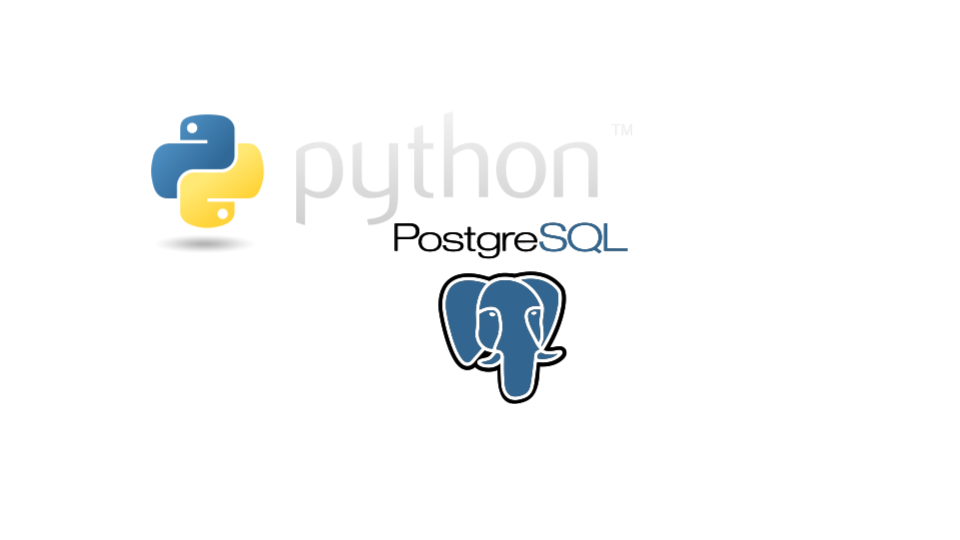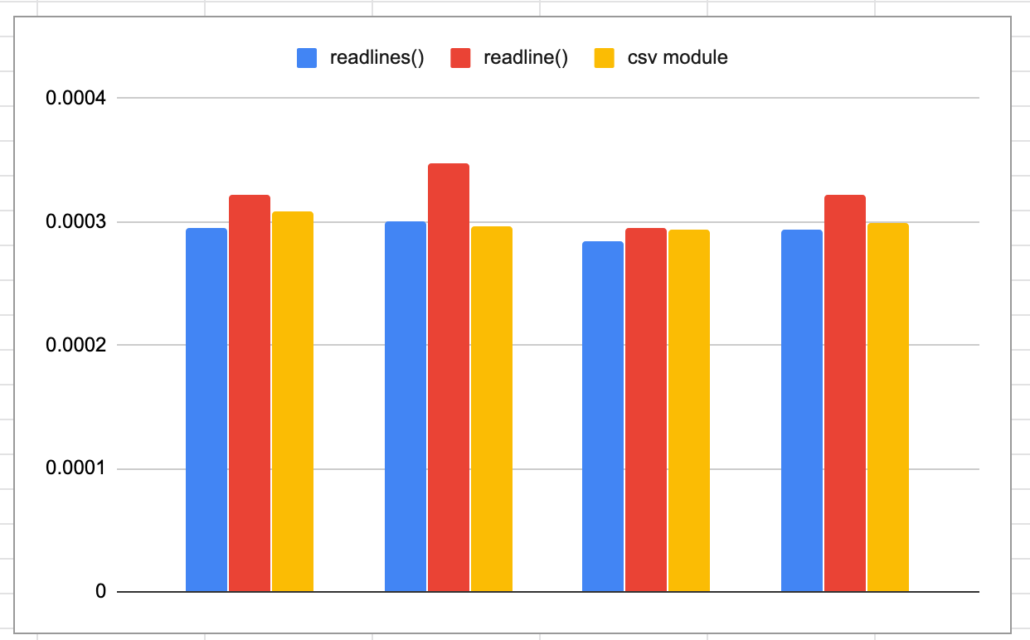UPDATE: If you want to know how my Scala SHOULD have been written. Check out this link!
I feel like a frontiersmen heading west, into the unknown. I’ve been successful using Python as a Data Engineer for some time, processing terabytes of data with what “real” programmers sneer at as barely even a real language. Whatever. But, some of my favorite tools, like Spark, are written in Scala, and it’s on the rise, so I should probably join the lemmings in their mad dash. If for no other reason then to expand my horizons.
Read more









